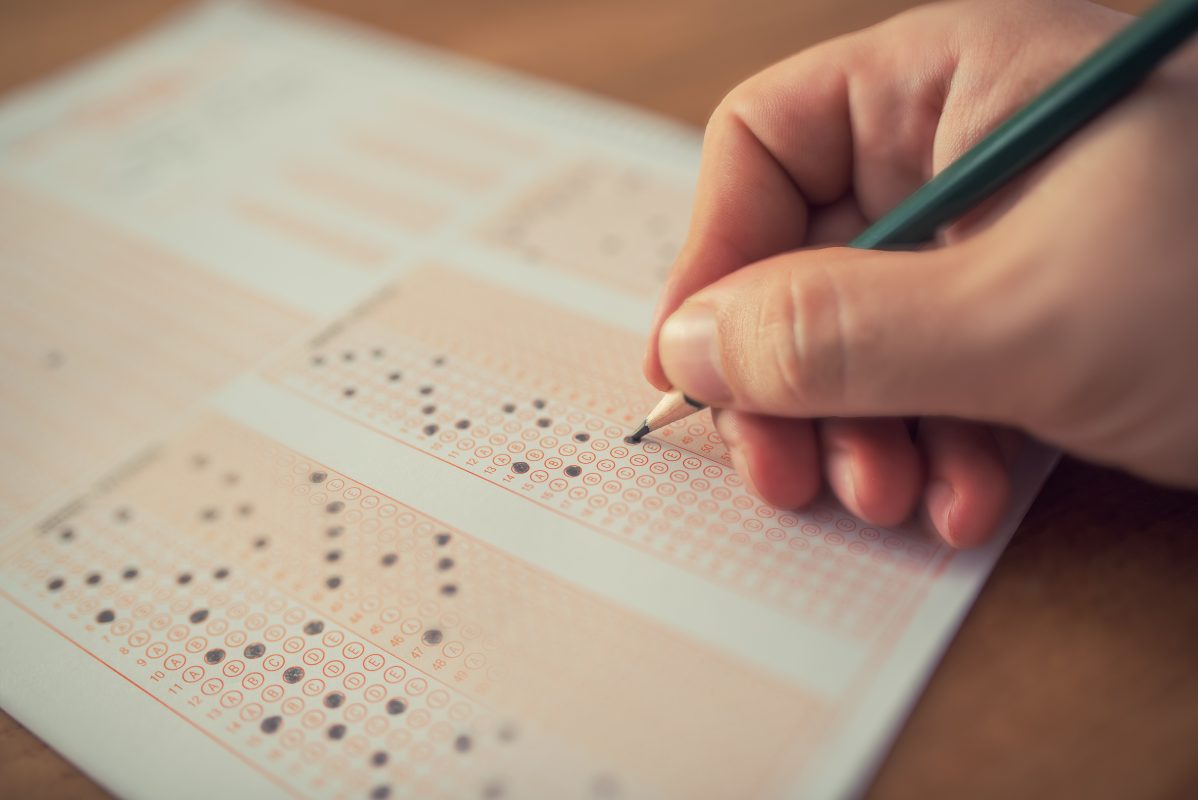There are 3 main TSA Test Types, and the one you take will depend on the university that you are applying to. Let’s take a look at the different TSA Test Types: Oxford, Cambridge, and UCL.
The Different TSA Exams – TSA Test Types
The exact content and structure of the TSA will change depending on the university you are applying to. Here are the three main TSA tests, as well as how they are structured:
The Oxford TSA Test – TSA Test Types
This is the TSA that you will sit if you apply for a course in Economic and Management, Experimental Psychology, Human Sciences, Philosophy and Linguistics, PPE (Philosophy, Politics, and Economics) Psychology and Linguistics, or Psychology and Philosophy at Oxford University. The Oxford TSA is divided into two papers:
• The Thinking Skills Assessment – Here, you’ll answer 50 questions in the multiple-choice format. Each question will have five answer options. The time limit for this paper is 90 minutes.
• The Writing Task – In this paper, you will have 30 minutes to write a response to one of four essay titles provided in the test paper.
The Oxford TSA usually takes place in late October or early November each year. Most candidates will sit their exam at 9am. Generally, candidates taking the Oxford TSA sit the exam in their own school or college.
The Cambridge TSA – TSA Test Types
You will have to sit this test if you are applying for a place on a Land Economy course at the University of Cambridge. This test consists of a single Thinking Skills Assessment paper, which contains 50 questions with a time limit of 90 minutes.
The University College London (UCL) TSA – TSA Test Types
Applicants for courses in European Social and Political studies at UCL will be required to sit the TSA. Like the Cambridge TSA, this consists of a single 90-minute test with 50 questions to answer. This test is usually sat at an assessment day.
The Structure of the TSA – TSA Test Types
As you can see, all three TSA exams consist of 50 questions to be completed within 90 minutes. This gives you just under two minutes to answer each question, so you have to work quickly!
Something to consider is that most TSA exams are designed so that the questions increase in difficulty. So, while you have about 1 minute and 50 seconds to answer each question, you should try to work as quickly as possible so that you have more time for the tougher questions towards the end. Since the test gets progressively more difficult, you need to think strategically about how you will manage your time.
How Your Test is Marked – TSA Test Types
The TSA is marked in a straight-forward manner. Since you’re answering multiple-choice questions, your answers can either be right or wrong. This makes the entire test relatively clear-cut, making it perfect for practising using past papers and mock exams. Since the answers are either correct or incorrect, you can quite easily mark your own practice papers.
There are 50 questions in the TSA, and each question is worth the same amount of marks. So, even though the later questions in the test are typically more difficult than the earlier questions, they are still worth an equal amount of marks. Take this account when planning your strategy for sitting the test.
While there are 50 marks available in the TSA, you will receive a score between 1 and 100, to one decimal place. This is because the raw marks are converted depending on the difficulty of the questions and the test overall. Generally speaking, the test is marked automatically, rather than by a human examiner. Additionally, re-marking is usually not permitted for candidates sitting the TSA.
If you’re interested in more TSA test tips, advice, guidance, and practice questions, check out our guide: TSA Test Practice Papers.
